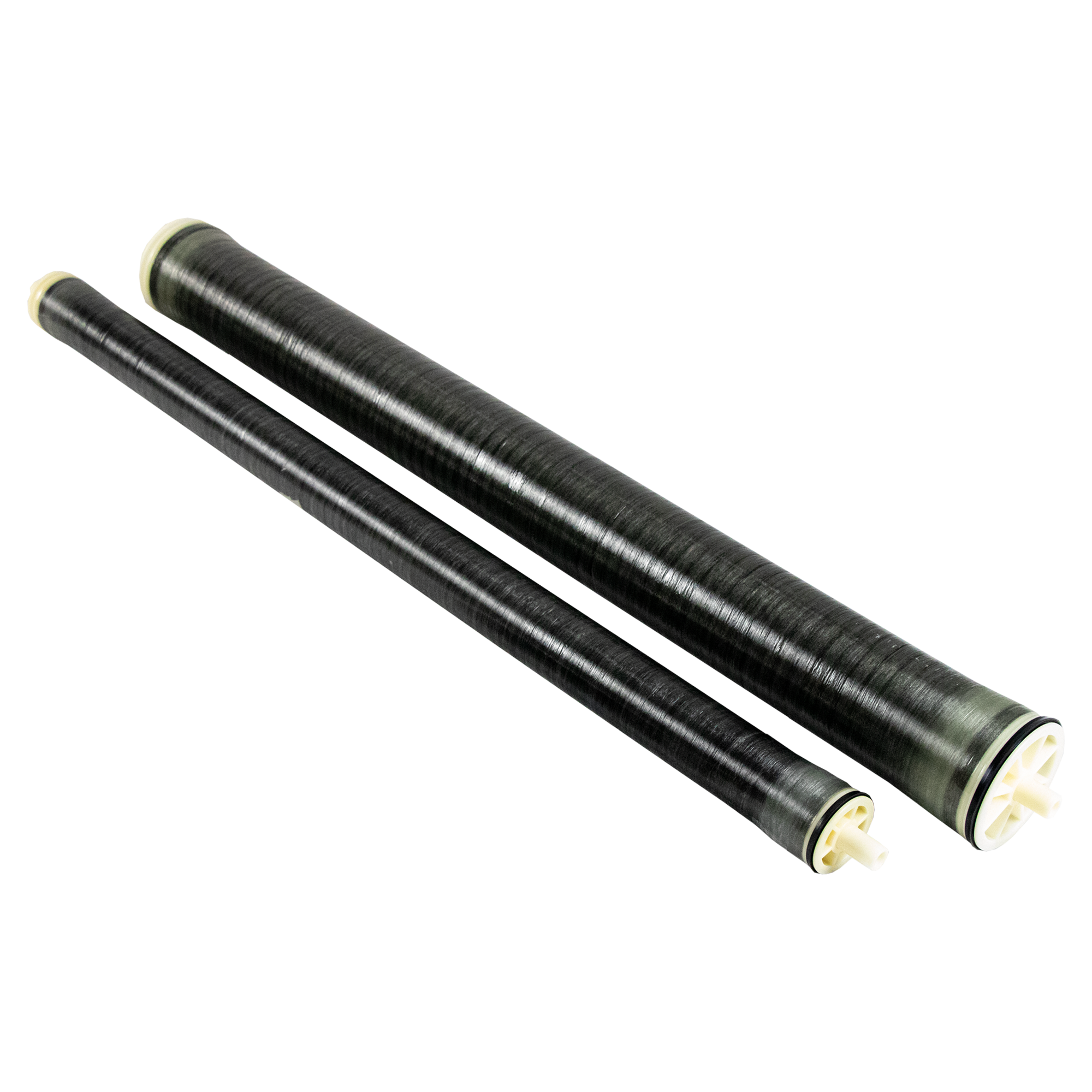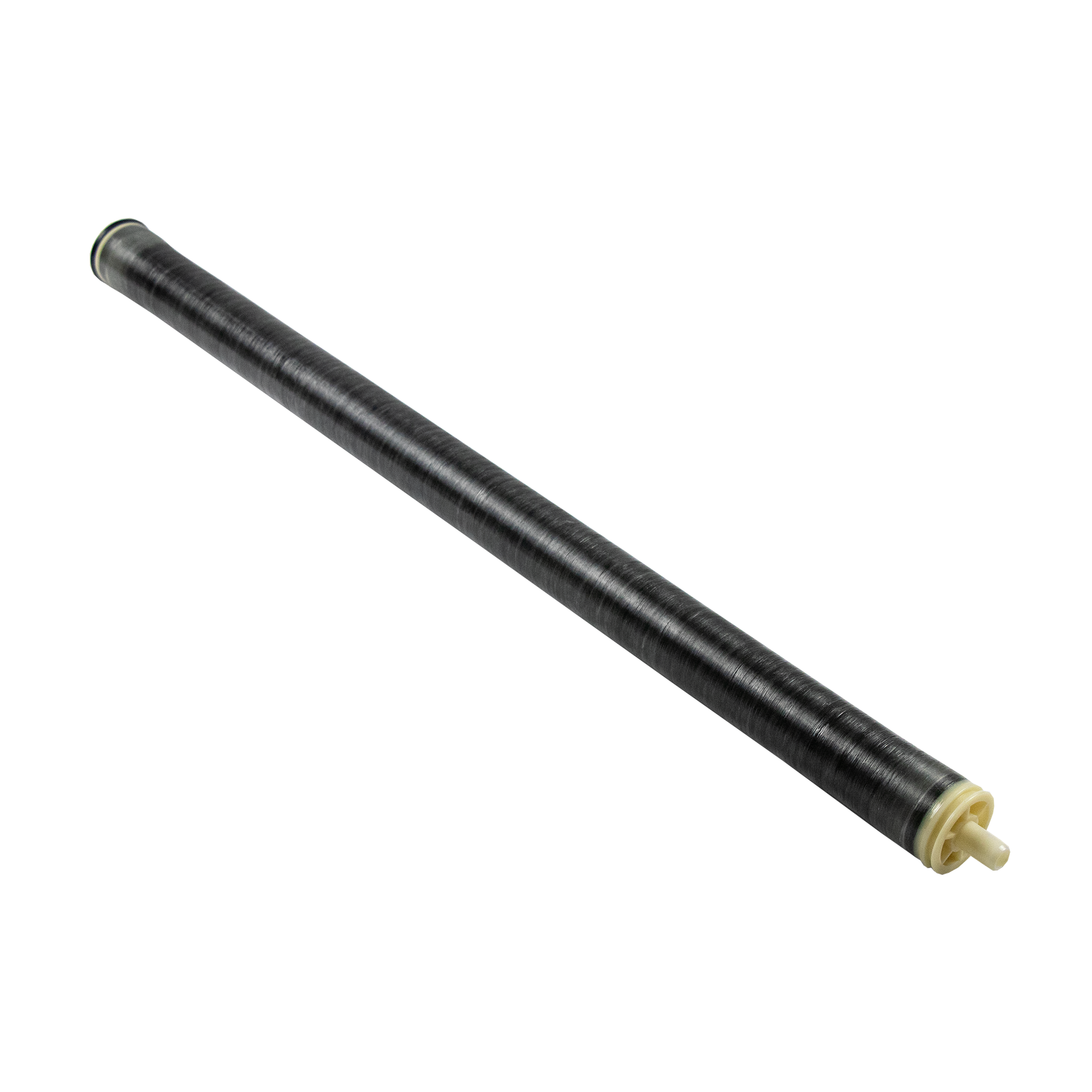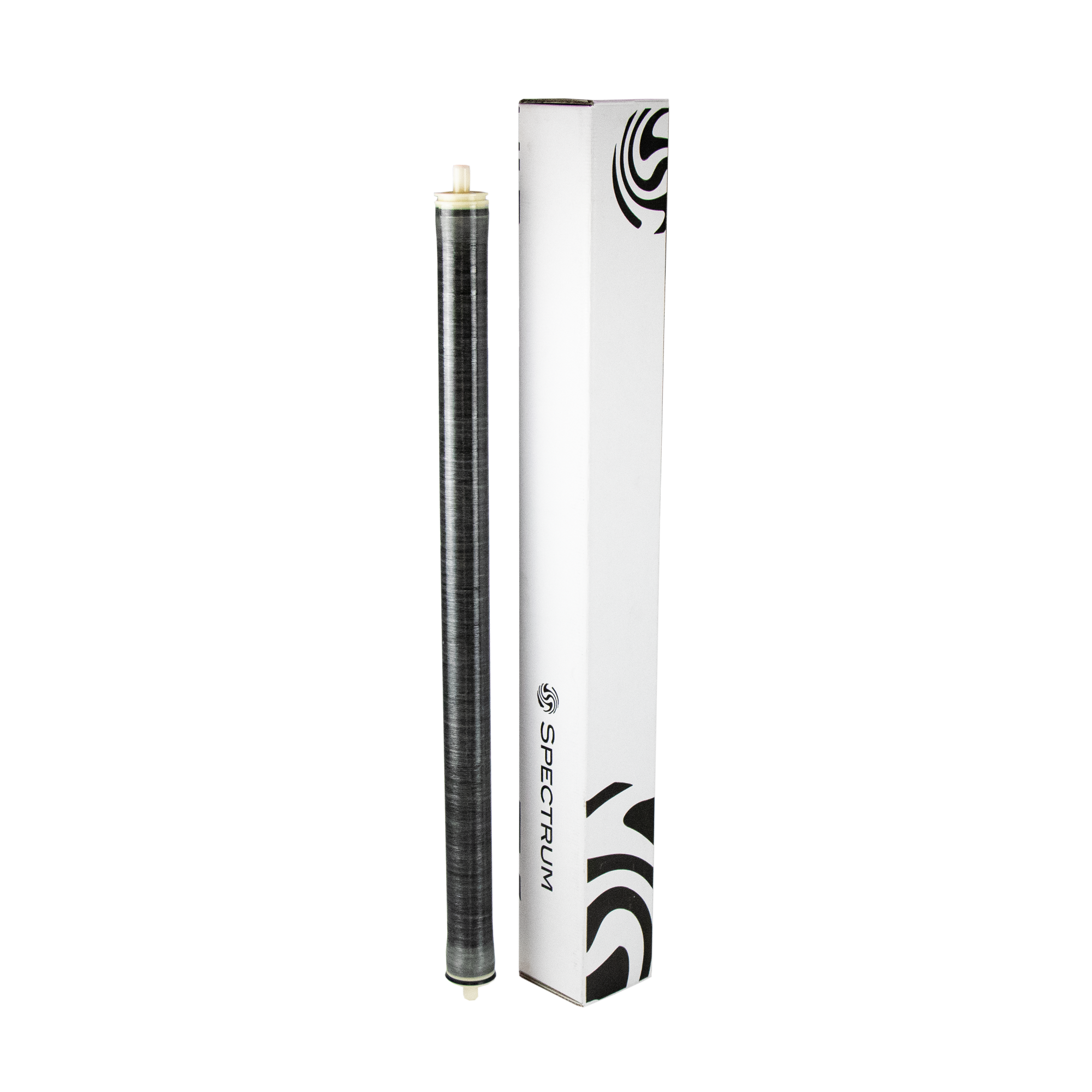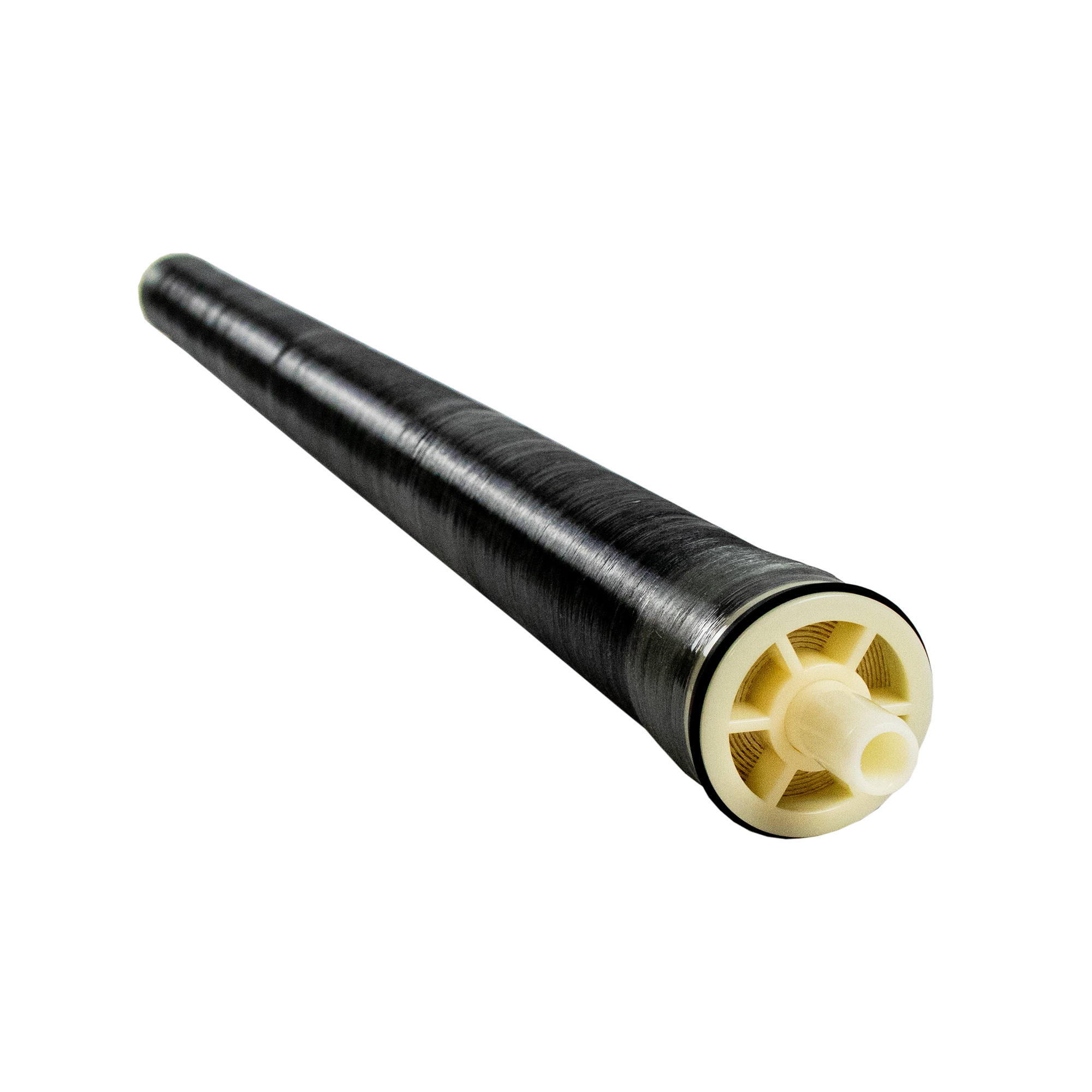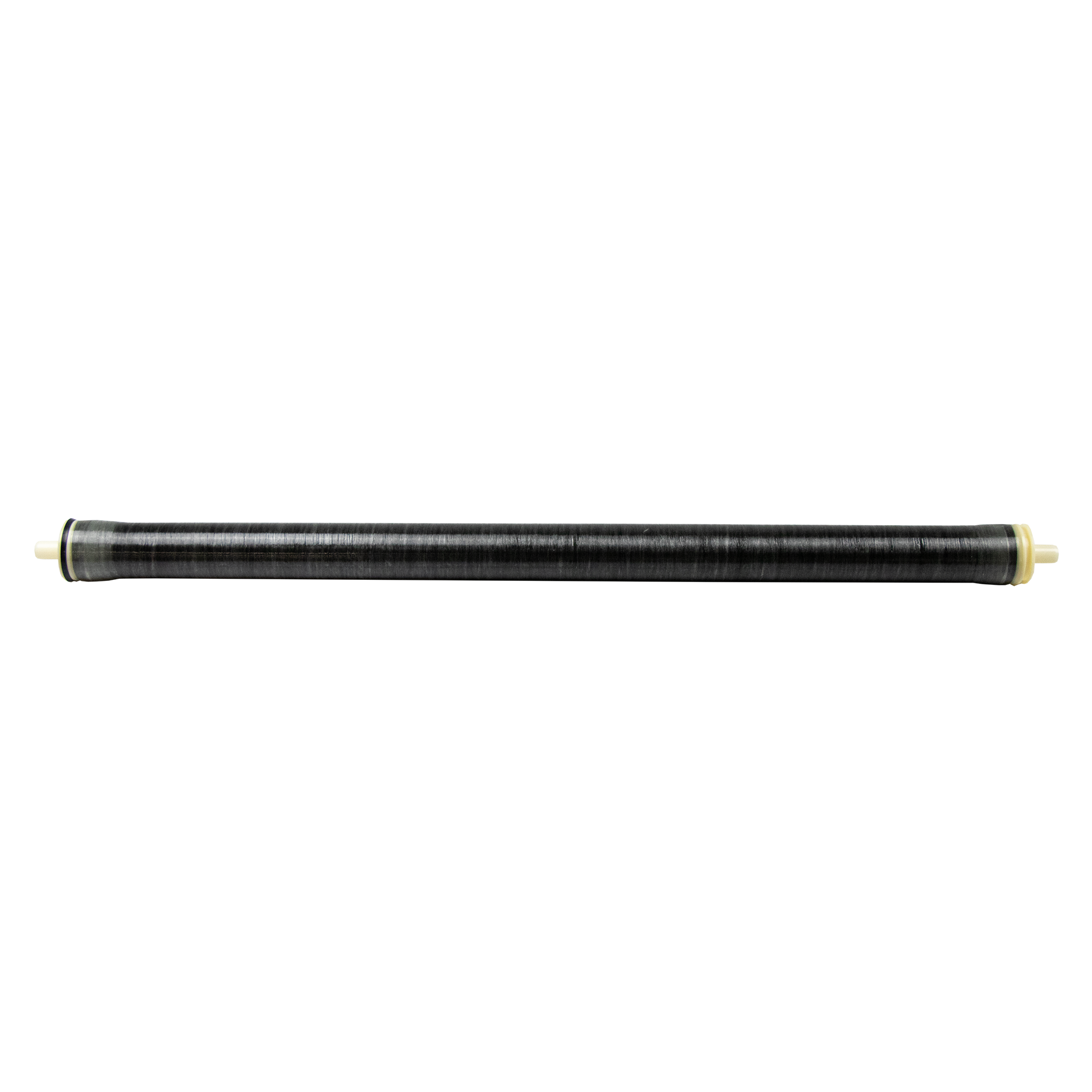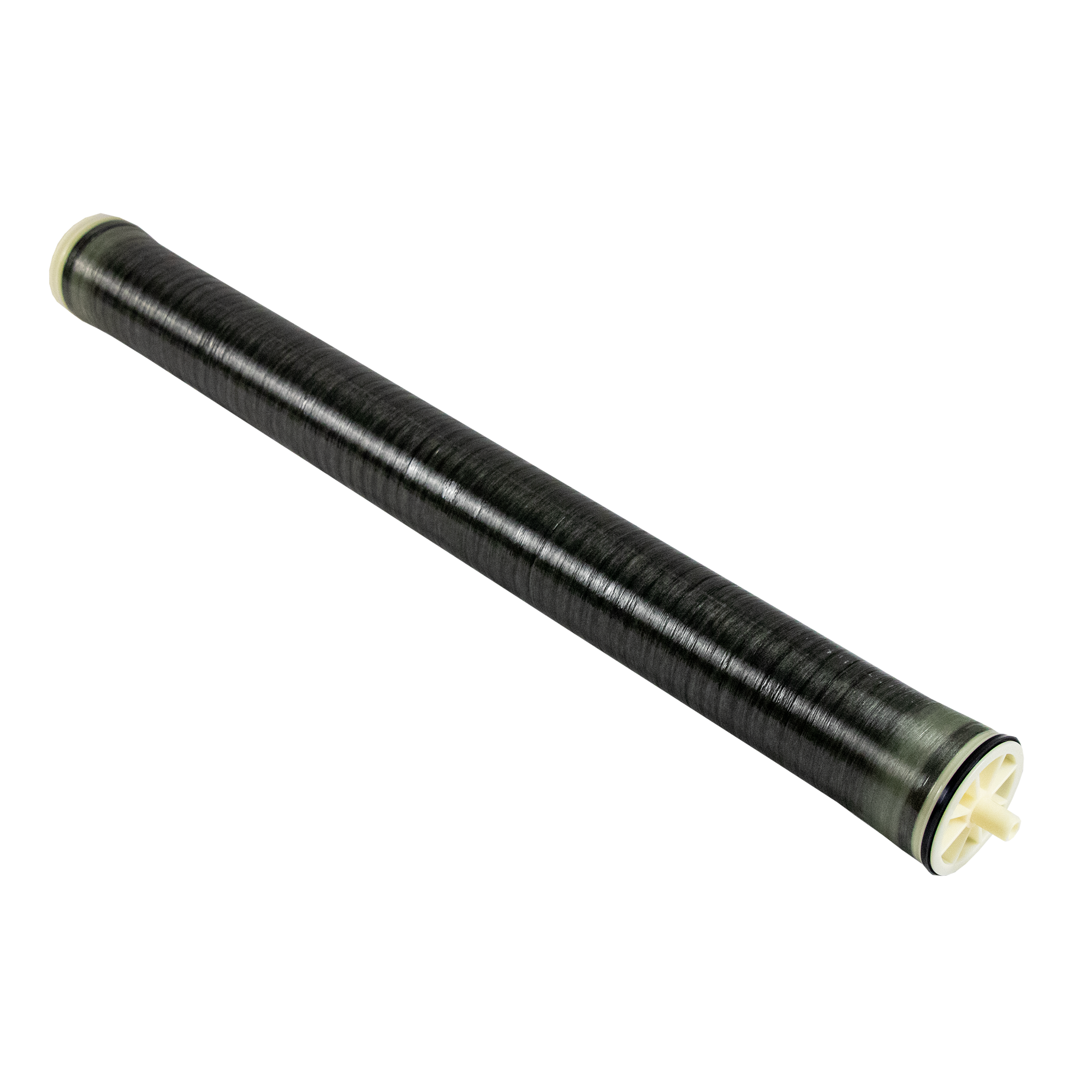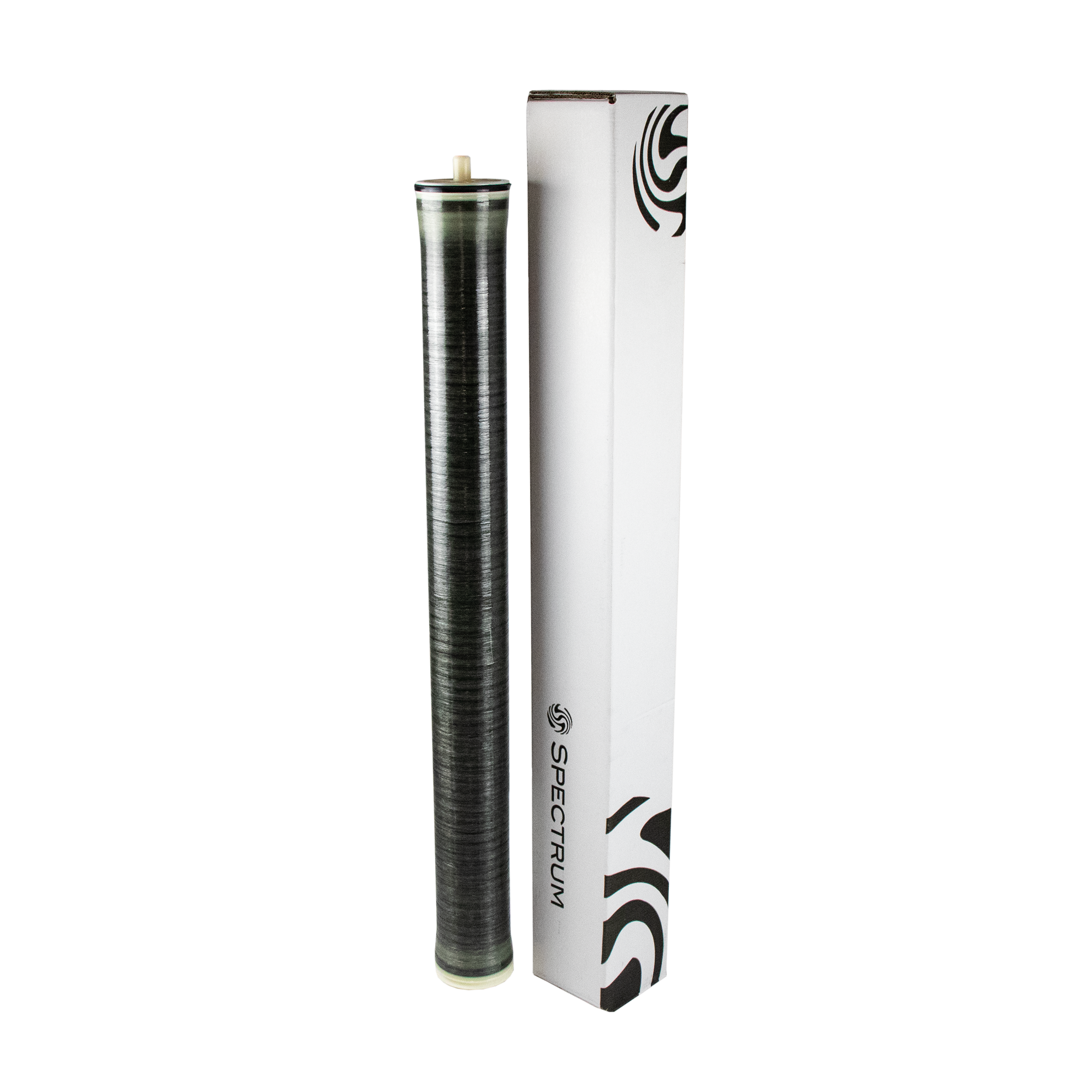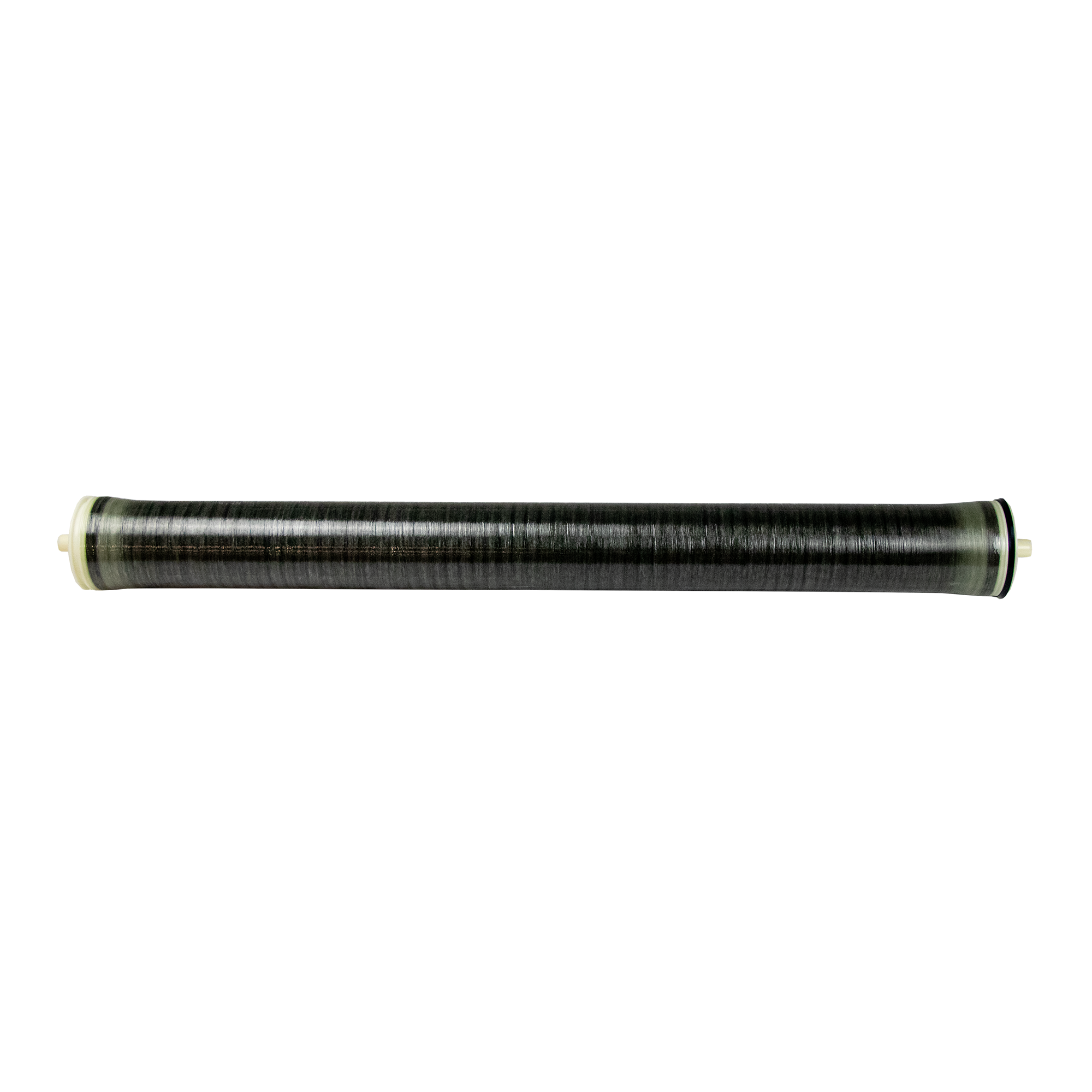High Rejection 2.5″, 4″ & 8″ (SRO)
- For applications that demand higher permeate quality
- Manufactured to deliver consistent permeate quality from higher concentration feed water sources up to 10,000 mg/l
- Operating at 15.5 bar
- Average rejection rate of 99.5%
- Perfectly suited to industrial processes, such as boiler feed and microelectronics
- Pure water production
- Aquatics
- Brewing
- Boiler feed
- Car washing
- Misting
- Pharmaceutical
- Window cleaning
- And more…
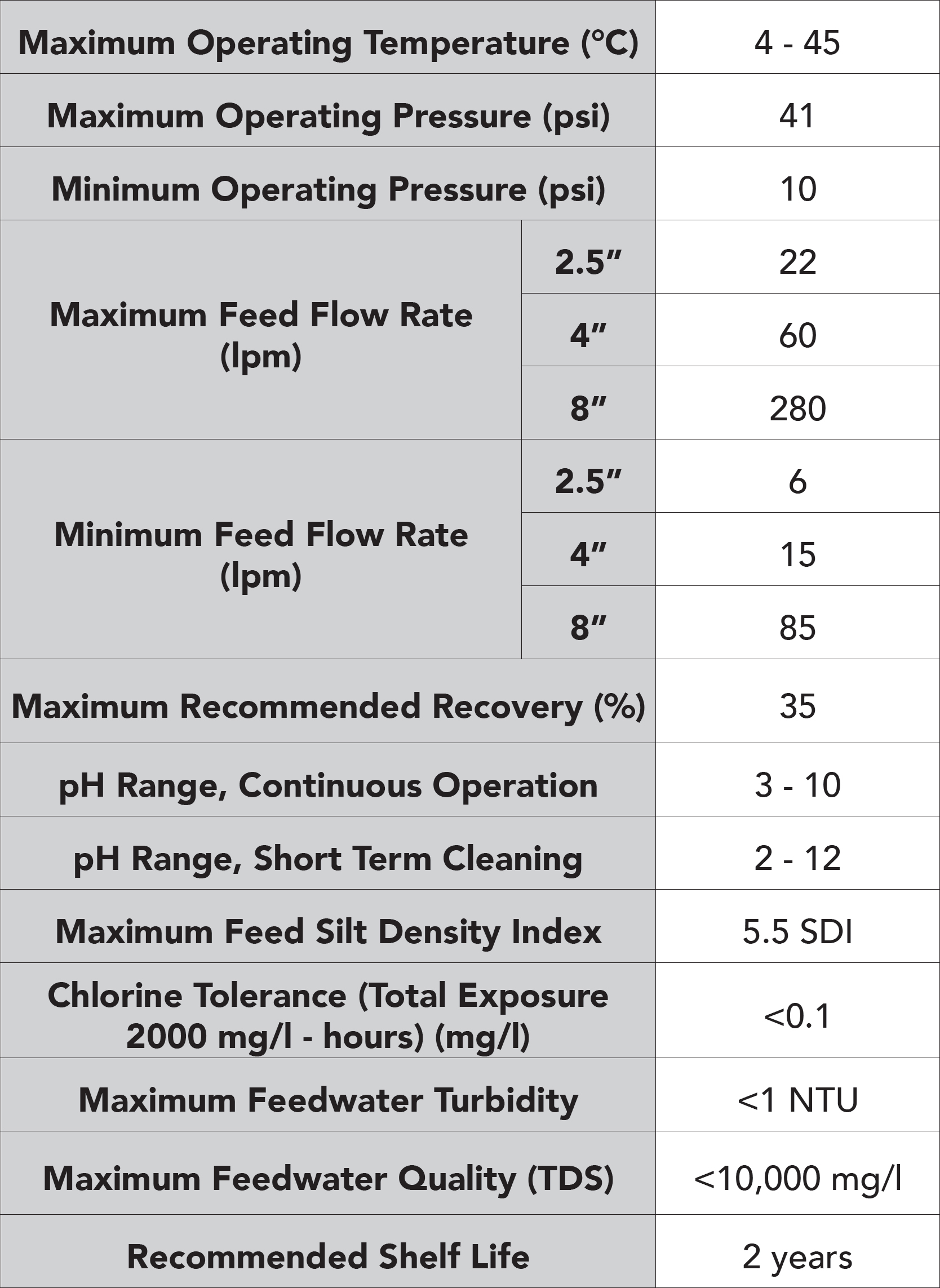

Features & Information
For applications that demand higher permeate quality, SPECTRUM’s high rejection membrane – the SRO – has been produced to deliver consistent permeate quality from higher concentration feed water sources (up to 10,000 mg/l).
FAQs - SRO
The operating pressure of 15.5 bar indicates the level of pressure required to drive the water through the membrane. This pressure is necessary to achieve the desired separation and rejection of contaminants.
Yes, the SRO range is specifically designed to handle feed water sources with higher concentrations of contaminants, making it well-suited for applications where maintaining high permeate quality is essential.
RO membranes are highly effective in eliminating dissolved solids as well as the following contaminants:
- Calcium
- Magnesium
- Heavy Metals
- Bacteria
- Viruses
- Pesticides
- Organic Compounds
An RO membrane uses a semi-permeable barrier to allow water molecules to pass through while blocking the passage of dissolved solids and contaminants. This selective permeation process effectively removes impurities from the water.
